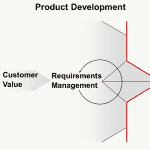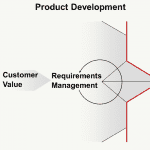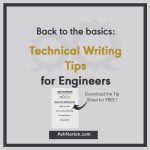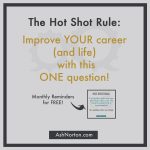
One of several reasons for emphasizing product requirements includes enabling modeling and simulations of designs, as well as ensuring adequate verification and validation testing.
Recall the fundamental framing of a requirement as:
- “What shall the design provide (output) @ input conditions?”
- “What does design need (inputs) from the customer in order for the design to perform as expected?”
Note the framing (within the requirement) of a mathematical and/or experimental relationship where “Y” is the output as a function of “(x)” as the input….Y = f(x) or as a function of multiple inputs Y = f (x1, x2, x3…xn). Let’s expand on this for a moment:







